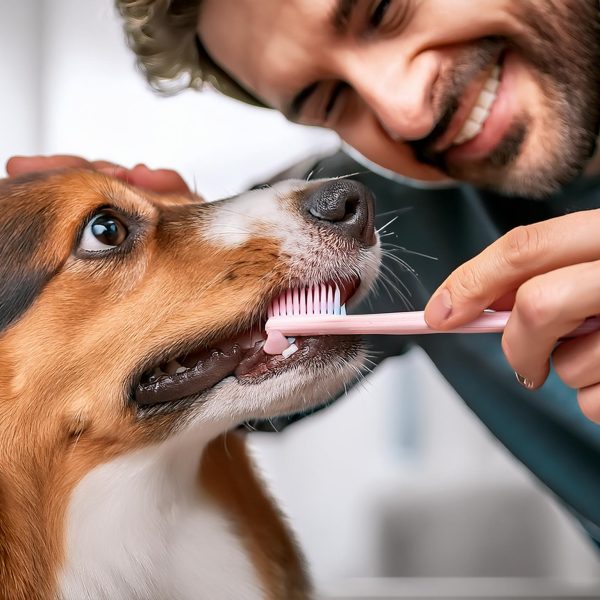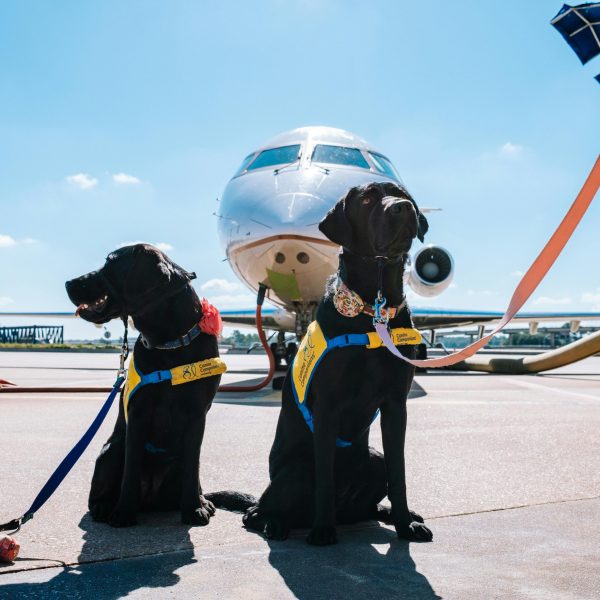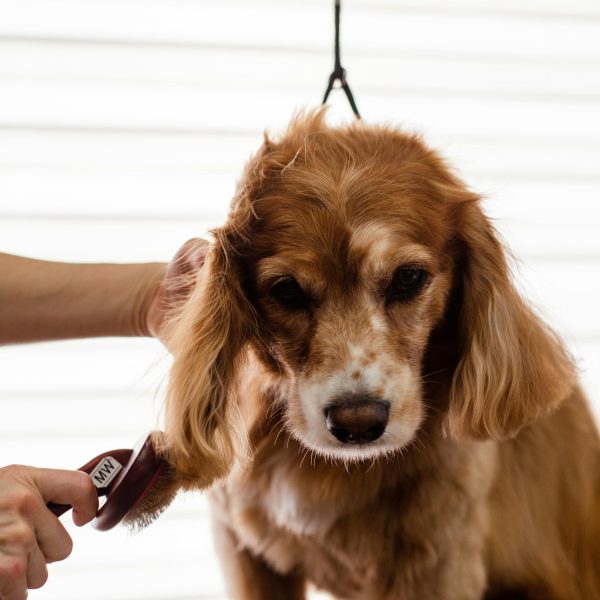Taking care of your pet’s fur may appear mundane, but it plays a significant role in your furry companion’s well-being and joy. Grooming not only enhances your pet’s appearance but also contributes to their overall health. This article explores the nuances of grooming, providing tips on maintaining a tangle-free coat for your pet, the essential tools needed, and the benefits that go beyond just looks.
Getting to Know Your Pet’s Fur
Pets have different grooming requirements based on factors like their breed, fur texture, and daily activities. Dogs and cats typically fall into categories such as long-haired, curly-haired, or double-coated breeds. Each category demands specific care:
- Short-haired pets: Breeds like Beagles and American Shorthair cats have coats that are relatively easy to manage. Nevertheless, regular brushing aids in reducing shedding and spreading natural oils.
- Long-haired pets: Breeds such as Persian cats and Shih Tzus need frequent brushing to prevent tangles and mats from forming.
- Curly-haired pets: Poodles and Bichon Frises require regular grooming sessions to ensure their curls remain knot-free.
- Pets with double coats: Breeds like Golden Retrievers and Siberian Huskies have an undercoat that sheds seasonally and requires regular brushing for maintenance.
Selecting the Right Tools
It’s crucial to use the right grooming tools to care for your pet’s coat:
- Bristle Brushes: Best suited for short-haired pets, these brushes help remove loose fur and dirt.
- Slicker Brushes: Handy for untangling mats in medium to long-haired pets, featuring fine wires closely spaced together.
- Pin Brushes: Similar to human hairbrushes, these are perfect for long-haired pets and those with curly coats.
- Deshedding Tools: Tools like the Furminator work wonders for double-coated breeds by significantly reducing shedding.
- Combs: Metal combs with both wide and narrow teeth are excellent for checking and removing tangles from your pet’s coat.
The Grooming Process
Effective grooming goes beyond just a brush-through. Follow these steps for a successful grooming session:
Prepare Your Pet
Choose a calm moment for grooming and ensure your pet is at ease. Begin with gentle strokes to help them relax.
Inspect the Coat
Before brushing, check for any mats, tangles, or foreign objects like burrs in your pet’s coat. When you come across any knots or tangles, gently use your fingers or a detangling spray to work them out before you start brushing.
Brushing Tips
- For short-haired pets: Brush in the direction of their hair growth using a bristle brush.
- For curly-haired pets: Divide the coat into sections and brush small areas at a time using a slicker or pin brush.
- For double-coated pets: During shedding season, use a deshedding tool to work through both the undercoat and topcoat.
Reward Your Pet
Remember to offer treats and show affection throughout the grooming session to create positive feelings about the experience.
Benefits of Brushing
Regular brushing offers various advantages for both pets and their owners:
- Reduces Shedding: By brushing, you can remove loose fur, reducing the amount of hair that ends up on your furniture and clothes.
- Prevents Mats and Tangles: Regular brushing helps prevent mats that can lead to skin issues, ensuring your pet stays comfortable.
- Promotes Skin and Coat Health: Brushing stimulates blood circulation and spreads natural oils, resulting in a shiny and healthy coat.
- Detects Health Issues: Through grooming sessions, you can check for skin problems, parasites, or unusual lumps that may require attention.
- Bonding Benefits: Grooming serves as an opportunity to strengthen the bond with your pet, offering them a sense of comfort and safety.
Things to Keep in Mind
Certain pets require special care based on their individual requirements or health issues:
- Aging Pets: Older pets may have more delicate skin and joint concerns. It’s advisable to use softer brushes and handle grooming sessions with care.
- Pets with Skin Problems: Animals with allergies or skin conditions necessitate special grooming products and more frequent baths. Seeking advice from your vet is recommended.
- Nervous Pets: When dealing with pets that feel anxious or fearful during grooming, it’s important to proceed slowly and display patience. Implementing positive reinforcement techniques and gradually introducing grooming tools can make the process easier for them.
Professional Grooming Services
Although regular home grooming is crucial, professional grooming services offer benefits for breeds with demanding coats. Skilled groomers can provide thorough cleaning, haircuts, nail clipping, and other services that may be challenging to perform at home. Regular visits to a groomer can complement your home grooming routine, ensuring your pet’s coat stays in top condition.
Mastering the art of grooming your pet’s coat plays a significant role in pet care. By understanding your pet’s grooming requirements and employing the right tools and methods, you can maintain their coat’s healthiness while effectively preventing tangles.
Maintaining a grooming schedule does more than just keep your pet looking good; it also improves their well-being, minimizes shedding, and fosters a strong relationship between you and your furry friend. Embrace these grooming moments as opportunities for nurturing and bonding, ensuring that your beloved pet stays happy, healthy, and always at their finest.








